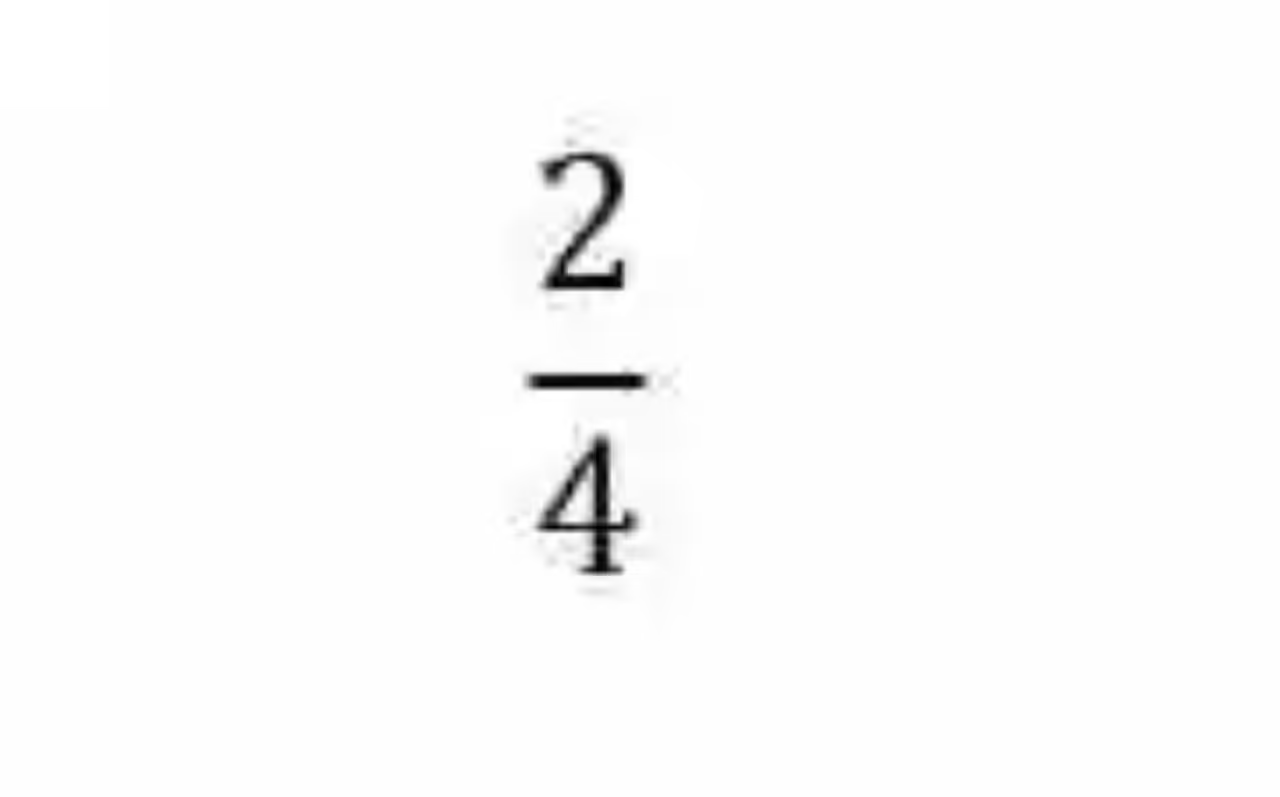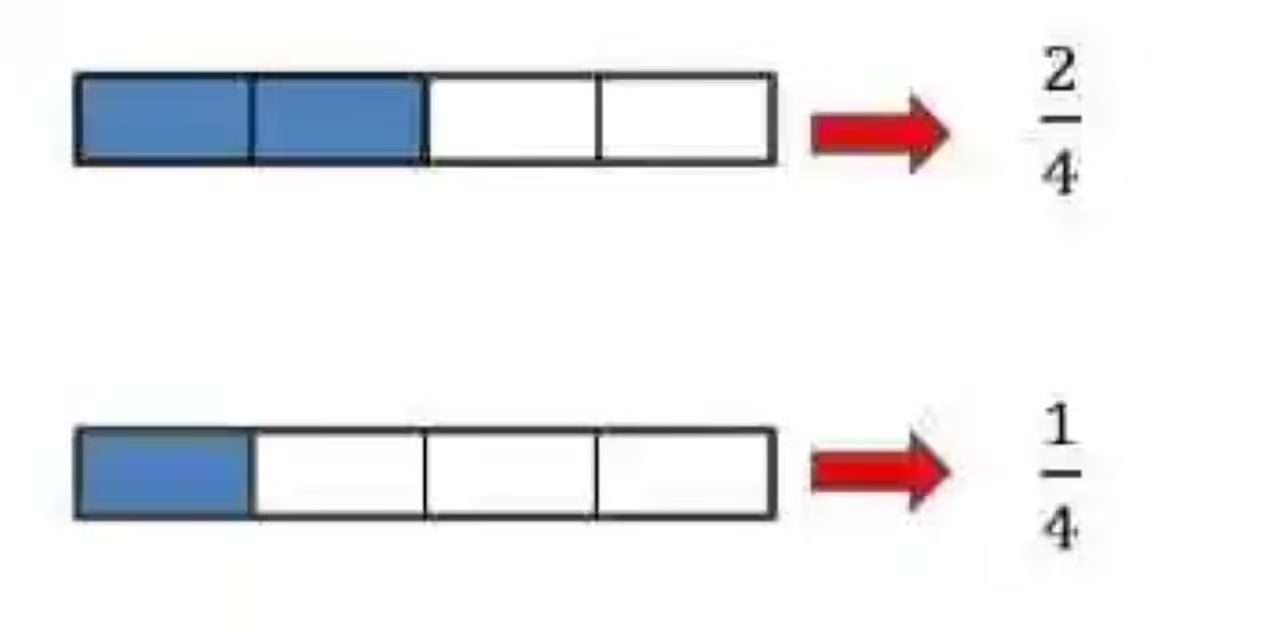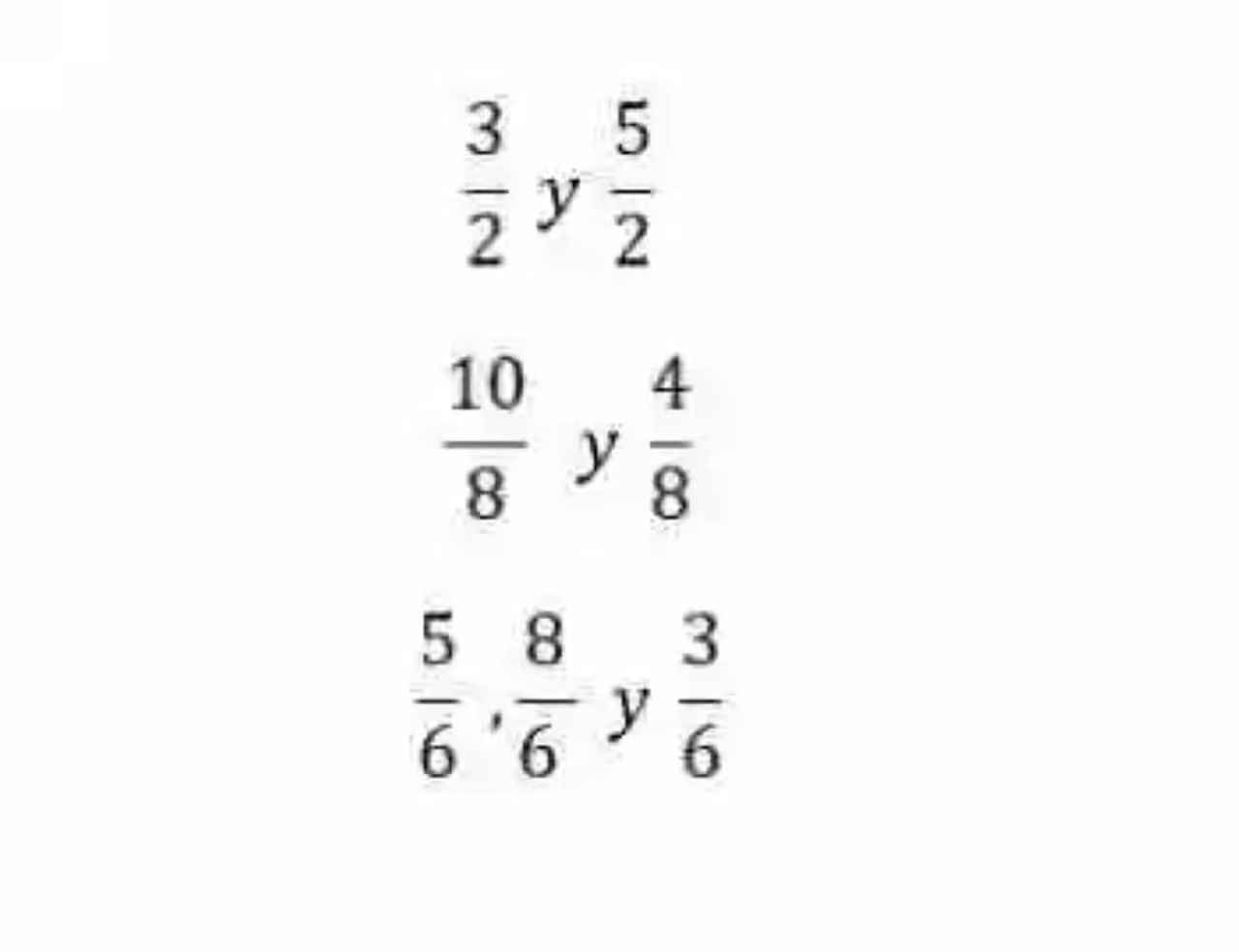It is likely that the best way to address an explanation of Homogeneous Fractions is to begin with a review of the concept of Fractions itself, in order to understand this mathematical category within its precise context.
Fractions
In this way, it will begin by saying then that fractions can be generally understood as one of the expressions with which fractional numbers count, so they would then be mathematical expressions by which they express the uncertain or unaccurate amounts.
Elements of the fraction
Likewise, the different mathematical sources indicate that fractions can be considered expressions constituted by the division of two integers,distinguishing in them two elements, each of which have its own definition and function within the operation, as shown below:
- Numerator: First, you will find the numerator, a numeric element that will occupy the top of the fraction, and whose main task will be to reflect which part of the whole is the part of which the fraction is right.
- Denominator: on the other hand, the fraction will also have the denominator, which will be the element that occupies the bottom of this expression,and which will have the task of expressing in how many parts the unit is divided, from which a part is taken, represented by the fraction.
However, a graphical example may still be needed, which will allow us to see in fact which elements or parts of the unit each of the elements of a fraction, such as the one shown below:
This figure, which represents the unit, is divided by four equal parts, this amount will be represented by the denominator. Likewise, of those four parts in which the unit is divided, only two of them will be taken, an action that will be reflected in the numerator. Therefore, this drawing may be expressed by this fraction:
Homogeneous fractions
Bearing in mind this definition, it may be much easier to understand the notion of homogeneous fractions, which has been explained by Mathematics as the relationship between two or more fractions, which are characterized by having the same denominator, is that even though they reflect different parts of the whole, that whole is divided equally. However, a graphical example may also be required to see what makes two fractions homogeneous, as shown below:
In this case, it will then be different fractions, where each one counts different portions of the unit. However,these may be considered homogeneous fractions, because they have the same denominator, that is, the unit is divided in part equal for both cases, so the part that is taken or that reflects the expression varies.
Examples of homogeneous fractions
However, perhaps the most efficient way to complete an explanation of homogeneous fractions is to expose some examples, such as the following:
Any questions that may arise in this regard, you can expose it and we will try to solve it. If you like this article, share it on your social networks and tell us your opinion about the subject, in the comments box.
Picture: pixabay.com












